Video game history is flush with epic games and favorite consoles that hold fast to gamers’ hearts long after the final credit has rolled and the cooling fan gasped its last breath. There are few video game characters that have held onto the cultural zeitgeist as well as Mario, but another Shigeru Miyamoto brainchild can. Since the first incarnation of the infamous ape appeared on arcade cabinet screens hurling barrels at Jumpman – Mario’s original name – Donkey Kong has been a staple of gaming.
The King Kong–inspired Lord of the Jungle has been in nearly 40 original games with countless rereleases, and guest appearances to pad out his already bursting resume. From his first appearance in 1981 to his most recent outing, these are all of Donkey Kong’s adventures in order of release.
The original Donkey Kong (1981)
The original Donkey Kong was started out as a collaboration between Nintendo and the cartoon Popeye. When plans fell apart, Nintendo tapped fledgling game designer Shigeru Miyamoto to create characters to the three-character base. Taking inspiration from Popeye’s love triangle, Beauty and the Beast, and King Kong, they designed Donkey Kong, a not-so-creepy and mostly misunderstood gorilla kidnapper madly in love with a human woman. Though the game was originally only available to play through the arcade cabinet, its popularity demanded several remakes and it was rereleased in 1982, 1983, 1986, 1988, 1999, 2001, 2002, 2004, 2006, and 2013.
Donkey Kong Jr. (1982)
Turning the established archetype of the first game on its head, the artist formerly known as Jumpman takes over the role of kidnapper. After defeating the original Donkey Kong, Mario imprisons the ape, leaving no other option but for Donkey Kong Jr. to rescue his old man. The game was just as successful as the first, spawning a tie in cereal and even landing its own Saturday morning cartoon. It was re-released in 1984, 1986, 1988, 2001, 2002, 2006, 2012, and 2013.
The Donkey Kong Game & Watch Collection
Donkey Kong II (1983)
A mobile exclusive for the Game & Watch handhelds, Donkey Kong II was a simple game that would get steadily faster after players won a round. It was rereleased in 2000 in Game & Watch Gallery 3.
Donkey Kong Circus (1984)
Another Game & Watch handheld, this was essentially a knockoff of Mario the Juggler, with players bouncing an ever increasing number of balls until they dropped.
Donkey Kong Hockey (1984)
This title was a hockey game designed for two players. One assumed control of DK, and the other Mario, and each got their own screen.
Donkey Kong 3 (1983)
By Donkey Kong 3 Mario was on to bigger and better projects. An exterminator named Stanley picks up where the plumber left off, though instead of a kidnapped princess he is protecting his greenhouse. Really starting to show those Cranky Kong colors, Donkey Kong is wreaking havoc in the poor guy’s greenhouse. Despite generally favorable reviews, the game was only moderately successful. Despite its lackluster reception, it was re-released in 1984, 1986, 2001, 2003, and 2008, though its 2003 release was snuggled inside Animal Crossing as an Easter egg alongside our next entry.
Donkey Kong Jr. Math (1983)
The only game in the NES’s Education Series to make it to North America, Donkey Kong Jr. Math was designed to help kids learn, well, math. I’ve played enough Donkey Kong in my life to know that there was no way Cranky Kong was going out of his way to teach Junior equations. IGN claimed that this was one of the worst Virtual Console games ever made, but despite its commercial failure status, it was slipped into Animal Crossing in 2003 and was rereleased again in 2007.
Donkey Kong Country (1994)
After the lackluster response to the last two entries, Nintendo decided to try something a little different. Miyamoto stepped away from the franchise and allowed Rare to take over, a decision that propelled Donkey Kong into the modern age. A full world and story were created for Country, critics and gamers alike raved over its technological advancements, creativity, and music. The game was credited with helping Nintendo win the console war against Sega before unceremoniously losing its footing in the 2000s as fans decided that the game was no longer worth the hype. Donkey Kong Country was only rereleased in 2000, 2003, and in 2006.
Donkey Kong (Game Boy) (1994)
In an homage to both Donkey Kong and Donkey Kong Jr., this title took the first few levels of the DK and then added 96 more levels. Donkey Kong Junior helps to hinder Mario’s rescue attempts right alongside dear old dad. The game was massively successful, and players praised the new levels, puzzles, and mechanics in the nostalgia-laced game. It was re-released in 2011.
Donkey Kong (Nelsonic Game Watch) (1994)
This iteration of Kong was made for a literal wristwatch. While the accessory was praised for its sleek design, the game was incredibly simple, and most players found it boring. The watches are now considered collector’s items and are worth upwards of $200.
Donkey Kong Country 2: Diddy’s Quest (1995)
The second Rare entry stars Diddy Kong as he rushes to rescue his dear friends Dixie and Donkey Kong. Using the same groundbreaking technology as the first, Diddy’s Quest quickly became one of the best-selling games of 1995. It introduced a two-player element, with one player controlling Diddy, and the other Dixie. The game never suffered from a wave of hate like its predecessor and is still considered a standout game according to several gaming retrospectives. It was re-released in 2004 and 2007.
Donkey Kong Land (1995)
Essentially Donkey Kong Country for the Gameboy, Land was praised by critics for its successful fort of a side-scrolling style to the handheld genre. It was originally supposed to be a direct port, but fresh and new elements were added after developer pushback. Donkey Kong Country is largely considered one of the best Gameboy games of all time and established the tradition of delivering Donkey Kong games in yellow cartridges.
Donkey Kong Country 2: Dixie Kong’s Double Trouble (1996)
The final installment of the original Country series, Double Trouble took everything its forbears did to the next level. Dixie Kong and her baby cousin Kiddy Kong come to Diddy and Donkey Kong’s rescue in this one and increase the two-player elements established in Diddy’s Quest. It’s considered to be one of the essential SNES games of all time and was rereleased in 2005, and 2007.
Donkey Kong Land 2 (1996)
Just like the first Land, this installment took the basic premise of Donkey Kong Country: Diddy’s Quest and ported it to a handheld version. The simplified version was less popular than the console counterpart, though it still received fairly high praise despite lacking the multiplayer aspect and many of the more elaborate level designs.
Diddy Kong Racing (1997)
Anyone who played games in the 90s stumbled across Diddy Kong Racing at least once. The highly acclaimed game battled it out for the top racing position with Mario Kart 64, and featured elements that would later pop up in the competitor series, like hover cars and aerial vehicles. It was re-released in 2007.
Donkey Kong 64 (1999)
Donkey Kong 64 was the first in the franchise to hit “universal acclaim.” Its platforming and puzzle design were praised, and even developer Rare’s insistence on collectibles wasn’t enough to drag this one down. It maintained popularity through two shopping seasons – almost unheard of at the time— and its nearly 30 hours of gameplay was considered massive. A retrospective look at the game has some players knocking it from their must-play list, and with no remaster there are few brave enough to replay it with those horrifying 64 controllers.
Donkey Konga (2003)
The first rhythm game introduced into the franchise, Konga required special bongo-shaped controllers to play. The game utilized well-known songs like “We Will Rock You” and “Rock Lobster” as well as various Nintendo tracks. It was met with positive reviews and was hilariously described as an “unholy din suitable for ritual virgin sacrifice.”
Donkey Konga 2 (2004)
This follow-up game added 30 new songs and was the only Donkey Kong game to ever get a T for teen rating due to its profane lyrics.
Donkey Konga 3: Tabe-houda! Haru Mogitate 50 Kyoku (Japan only, 2005)
The final entry in the Konga series featured 57 new tracks. The title was never released outside of Japan after Konga 2 failed to impress players and critics alike.
Donkey Kong Jungle Beat (2004)
Never the one to let good tech go to waste, Nintendo designed Jungle Beat around the bongo controllers. The side-scrolling game relied on rhythm for movement and attack. It was considered too short for many players, but despite this widespread complaint, it was still labeled as one of the top 100 best Nintendo games of the early aughts. It was re-released in 2009.
Donkey Kong: Jungle Fever (2005, Japan only)
Just like Konga, Jungle Fever was never released outside of Japan. The game was only released in arcade cabinet form.
DK: King of Swing (2005)
King of Swing tried to shake up the gameplay mold by requiring players to hold the left and right buttons on their Gameboys in order to move Donkey Kong around the screen. It had single and multiplayer modes, and despite the massive shift in controls, it received middling reviews with players neither loving or hating the redesign. Nintendo has never officially rereleased the game, but it can be found on emulators, like that shown above.
Donkey Kong: Banana Kingdom (2006, Japan only)
The arcade-only sequel to Jungle Fever was only released in Japan.
Donkey Kong Barrel Blast (2007)
Barrel Blast was an unconventional racing game, to say the least. Rather than cars, used explosive barrels to soar through levels. Its heavy reliance on Wii motion controls, dated graphics, and shallow gameplay landed it on plenty of players’ no-no list and it was absolutely loathed by critics.
DK Jungle Climber (2007)
Despite its predecessor failing to capture players’ attention, Jungle Climber was well received. It improved upon every aspect of the first without replacing the intention, and many critics agreed that the title was far more polished and enjoyable.
Donkey Kong Country Returns (2010)
After more than a decade, Donkey Koong Country Returns picked up the two-player mantle. After Rare was sold to Microsoft it seemed like the Donkey Kong brand would die a painful rhythm-game death, but 2010 saw the series return to a much more familiar format. The game was praised for its retro feel, challenge, and exceptional platforming, even if the two-player elements were a little awkward. Despite the naysayers, the game would be rereleased in 2013.
Donkey Kong Country: Tropical Freeze (2014)
The most recent installment in the Country series was also criticized for its poor two-player controls but was overall lauded for its graphics, level design, and soundtrack. It added multiple vehicles, heavily featured Donkey Kong’s many cousins, and even added Cranky Kong as a playable character. It was re-released in 2018.

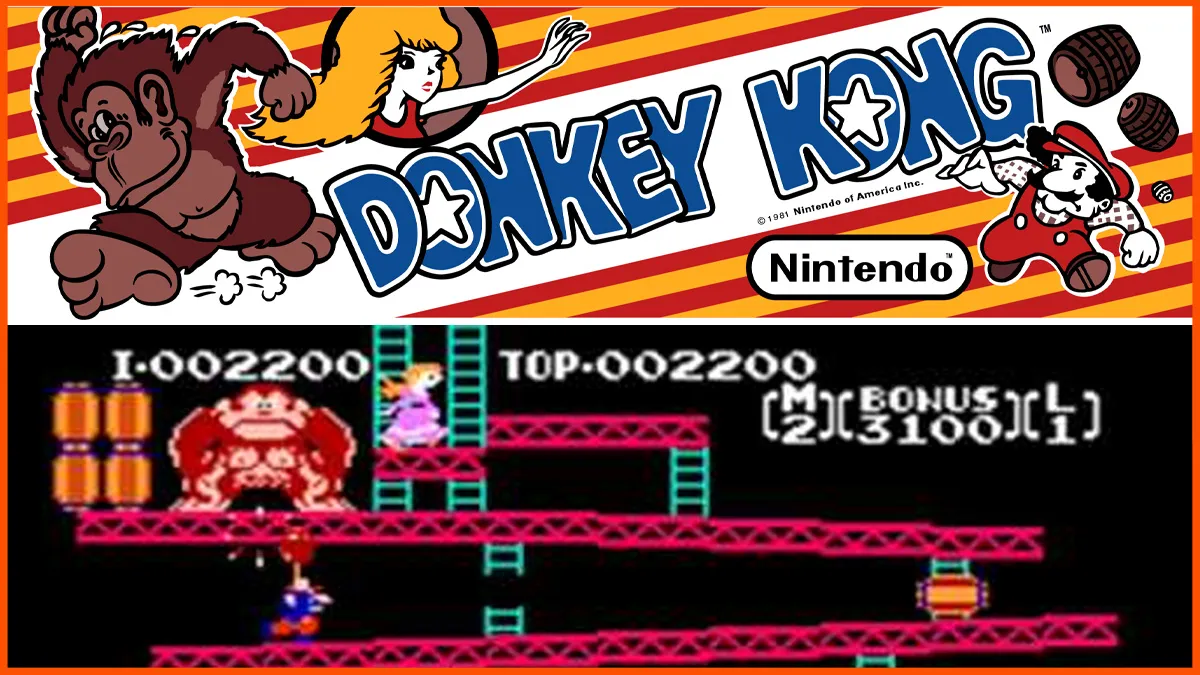
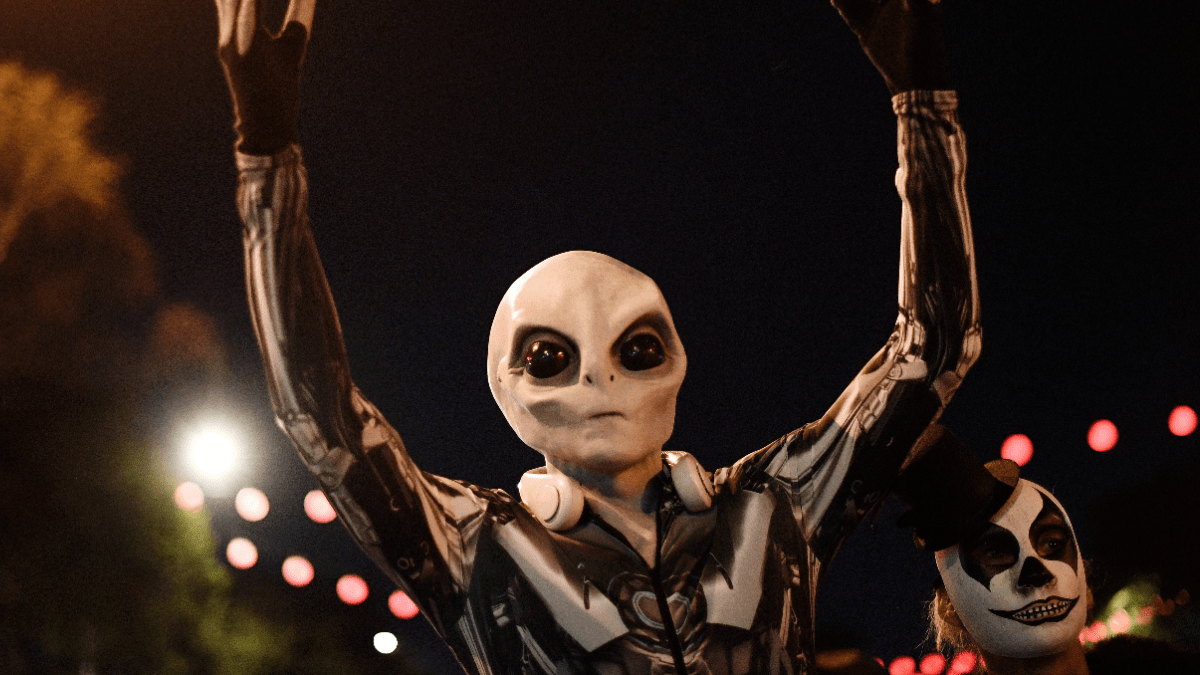
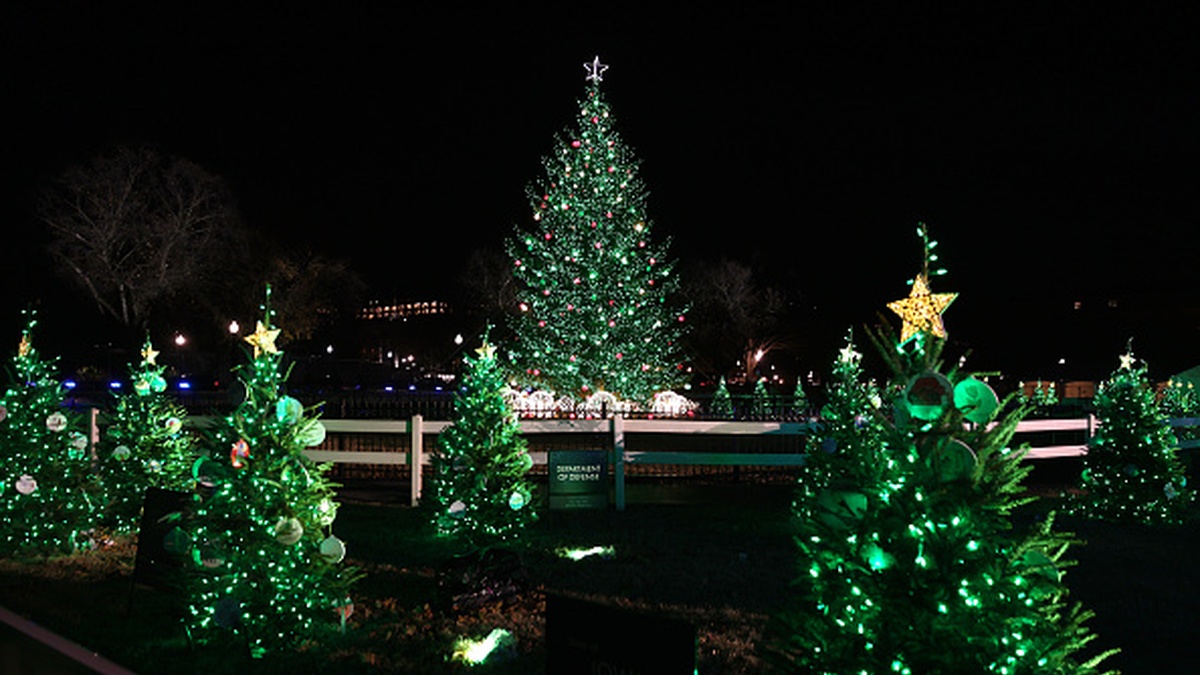
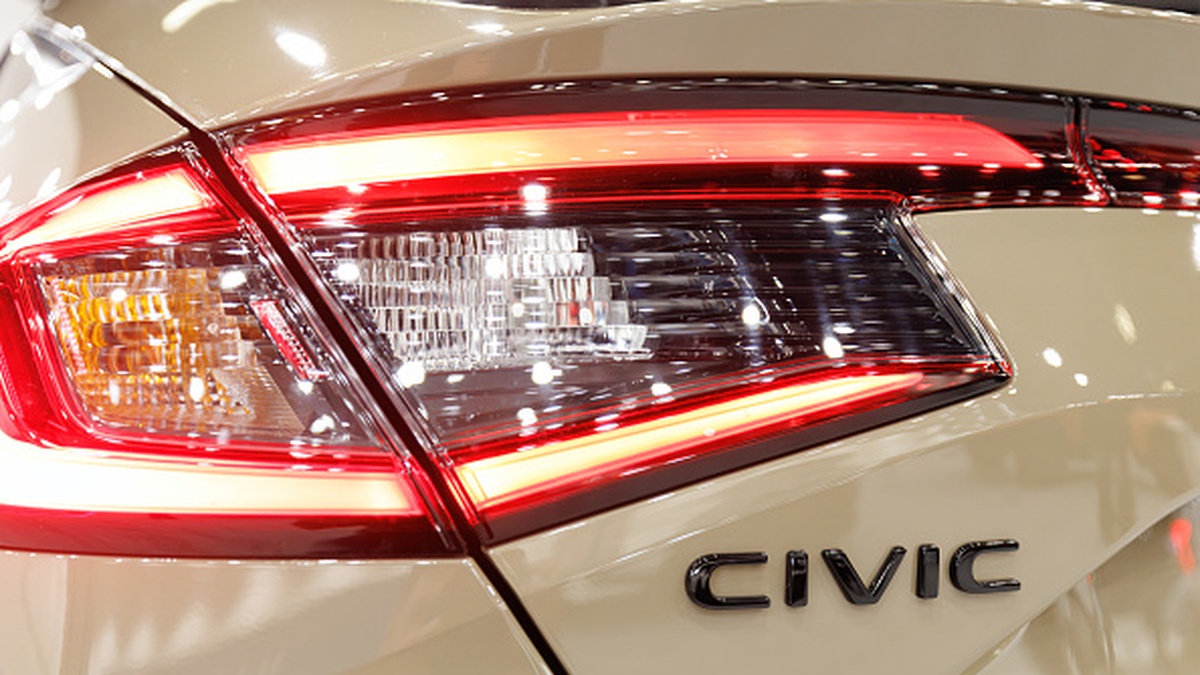
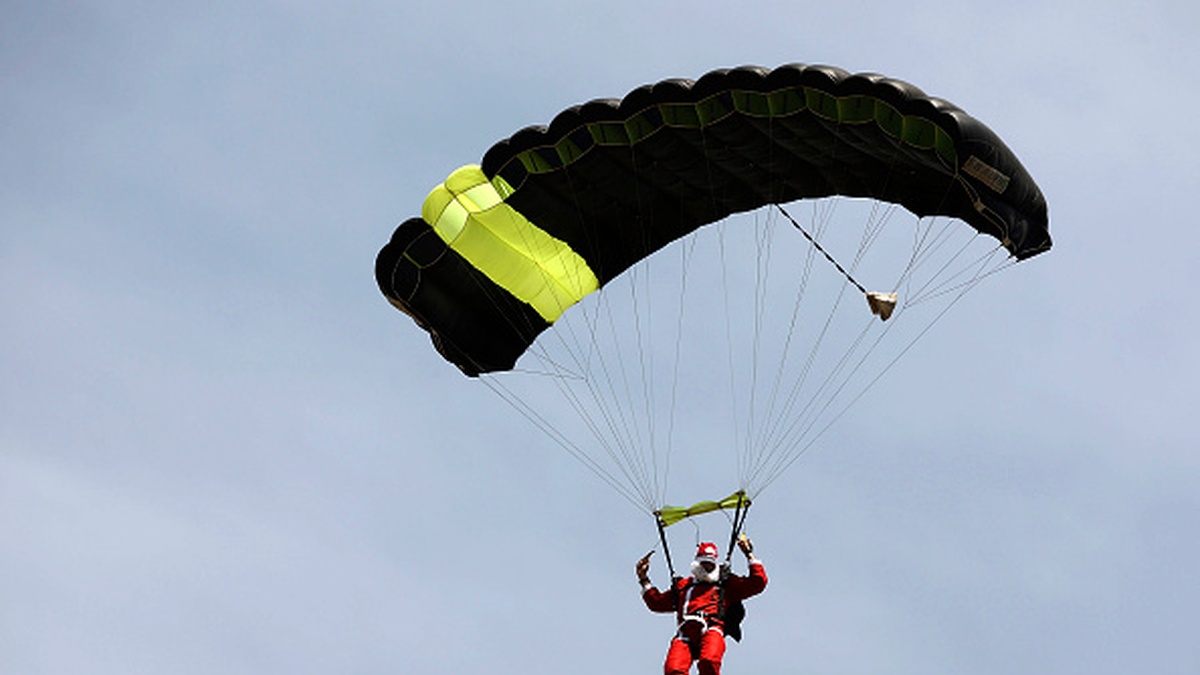


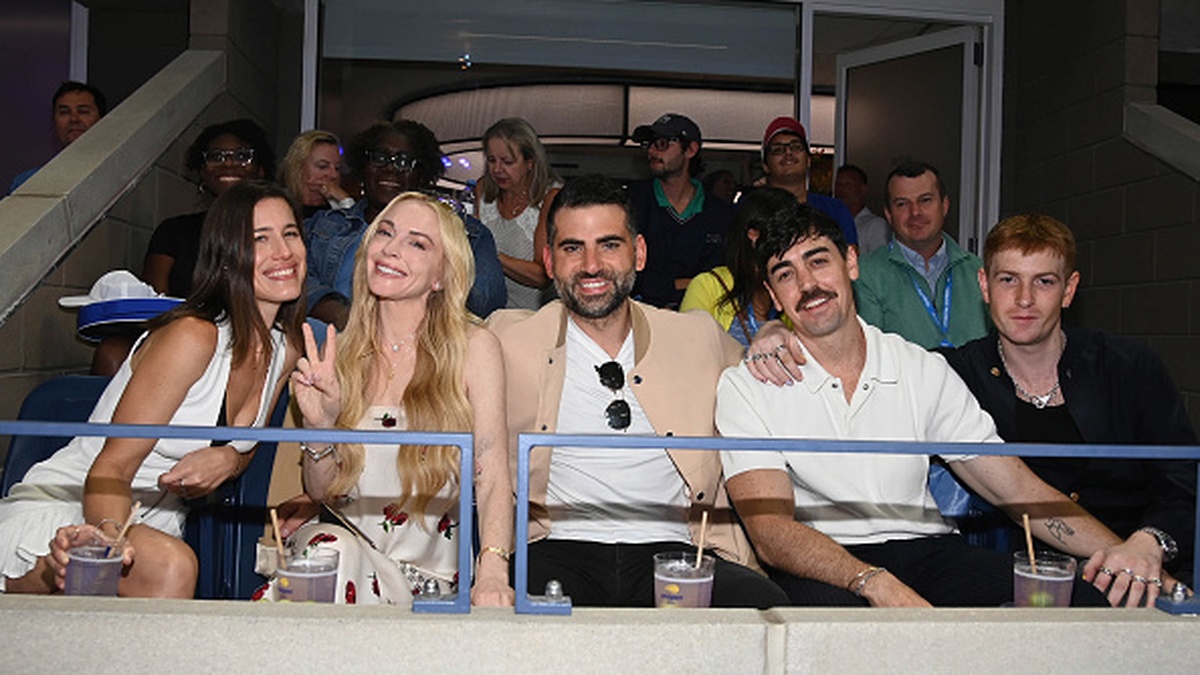
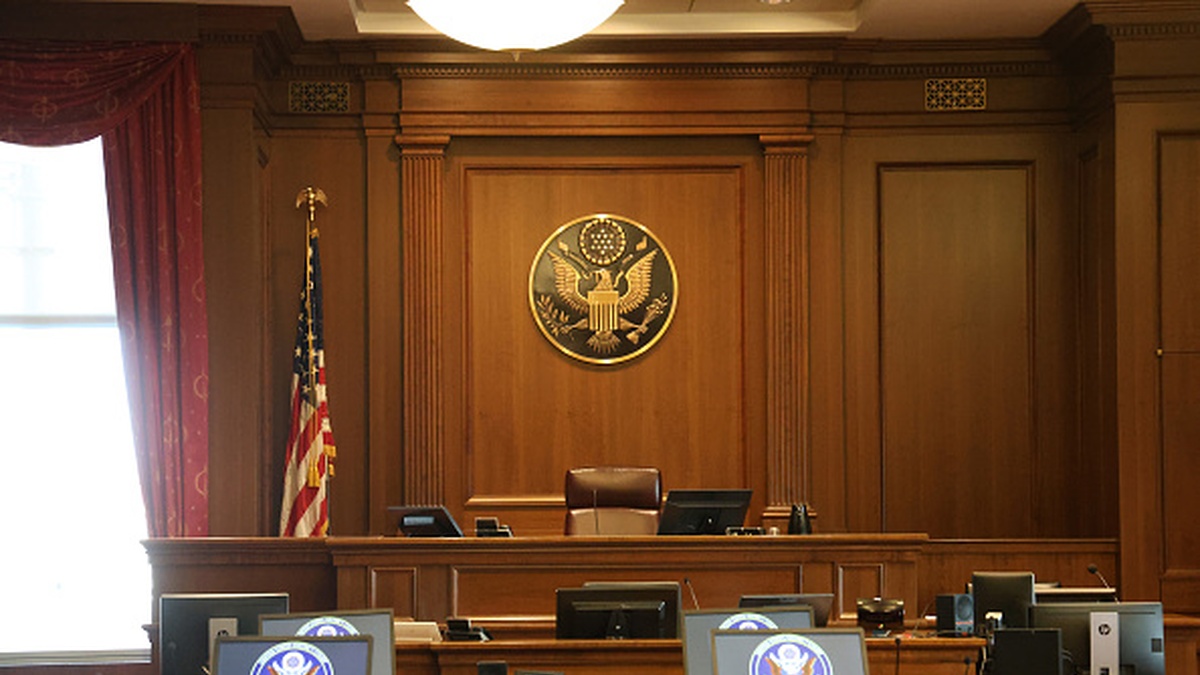

Published: Oct 4, 2023 12:12 pm